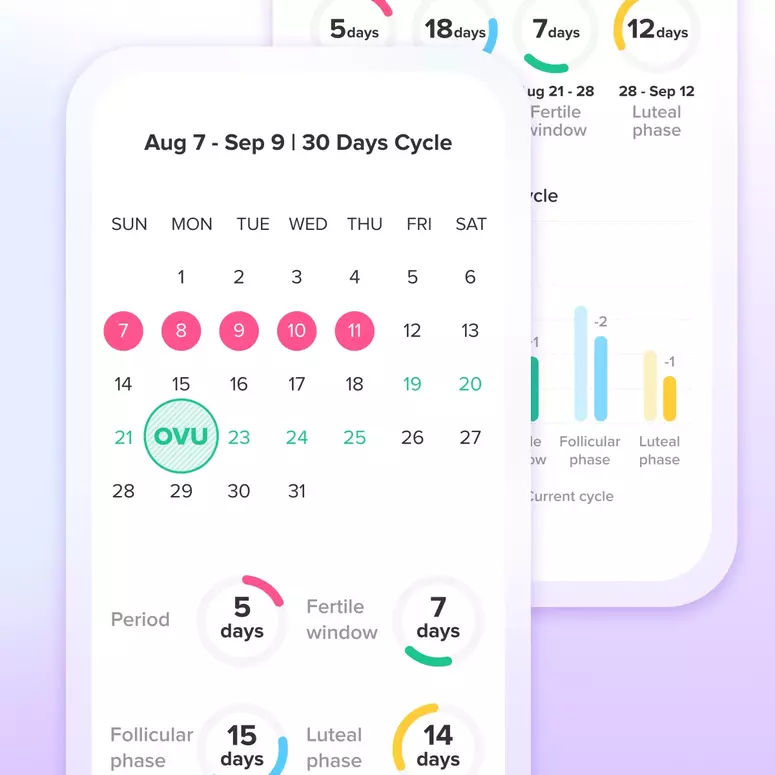During the early stages of pregnancy, witnessing any sign of blood can be alarming. This is particularly true for women who are trying to conceive or those who are aware they are in the initial phases of pregnancy. Any appearance of red in their underwear can send them into a state of anxiety.
However, it’s reassuring to know that vaginal bleeding is not necessarily a sign of a problem with the pregnancy. In fact, light bleeding early on can suggest that everything is progressing as it should be.
Understanding Spotting vs. Bleeding
While any blood from the vagina is commonly referred to as bleeding, there is a distinction between spotting and bleeding in the medical world.
Spotting is characterized as very light bleeding, akin to finding a few drops of blood on your underwear, as per the March of Dimes. It’s usually so minimal that even a thin panty liner remains unstained.
Bleeding, on the other hand, represents a heavier blood flow. The extent, however, depends on the situation. It could be enough to cover a small pad, or it might entirely saturate a large one.
The Frequency of Bleeding in Early Pregnancy
According to the American College of Obstetricians and Gynecologists (ACOG), bleeding is not uncommon in early pregnancy. They state that spotting or bleeding appears in 15 to 25 percent of pregnancies during the first trimester. In most cases, it does not indicate a problem.
How Bleeding Can Indicate Embryo Attachment
A prevalent reason for spotting blood early in pregnancy is a phenomenon known as implantation bleeding. This slight amount of bleeding or spotting may emerge one or two weeks after the egg is fertilized, around the time a woman might typically expect her period. Implantation is the process where the fertilized egg attaches to the uterus lining.
The National Institutes of Health notes that implantation bleeding is generally lighter in color than typical menstrual blood. This small amount of implantation bleeding usually stops on its own and is not a sign of any issues, according to the Mayo Clinic.
Not every woman who is pregnant experiences implantation bleeding. Some might have such light spotting that they don’t even notice it. In some instances, women mistake implantation bleeding for the onset of their period, especially if they generally have a light period.
This misunderstanding can lead to inaccuracies in determining a baby’s due date. The Mayo Clinic suggests that a fetal ultrasound performed during the first trimester is the most reliable method to accurately date a pregnancy.
Understanding Why Implantation Bleeding Occurs
Implantation bleeding marks the point when the embryo embeds itself into the uterus lining, where it will reside for the duration of the pregnancy.
Even before implantation takes place, the uterus has been actively preparing for it, due to communication between the organ and the approaching embryo. The process of implantation is intricate and influenced by a range of hormones and chemicals.
Implantation can only occur during a brief period, referred to as the “window of implantation”. Successful implantation triggers several other processes in the body, including further division of the embryo’s cells and the formation of the placenta that will nourish the fetus during its development.
Other Harmless Reasons for Bleeding
While implantation bleeding occurs at a specific time in pregnancy for a specific reason, it can be difficult to determine if that’s the cause of any blood you see. Changes in hormone levels that naturally occur during pregnancy might cause slight amounts of bleeding or spotting in the first trimester. Additionally, the cervix develops extra blood vessels in early pregnancy, which means it may bleed more easily as a result of sexual intercourse, or a healthcare professional’s pelvic exam.
POI/POF/POA is associated with several symptoms, including:
- Normal but shorter menstrual cycles (usually less than 26 days apart)
- Amenorrhea (no menstrual period)
- More frequent menstrual periods (bleeding)
- Low anti-Mullerian hormone (AMH)
- Low estrogen
- Elevated follicle-stimulating hormone (FSH)
- Low antral follicle count on sonogram
To diagnose POI/POF/POA, the criteria typically include at least three to four months of amenorrhea as well as two FSH tests, taken at least one month apart, that are greater than 40 mIU/ML. Another test, the AMH or anti-Mullerian hormone test, can detect whether there are any more follicles left. An elevated or normal (as compared to an absent) AMH may indicate that some follicles are left.
It’s important to note that POI/POF/POA was once thought to be a condition similar to menopause, indicating a total lack of eggs. However, current understanding is that it is not always permanent. In fact, when the ovaries of women with POF are examined on a pelvic ultrasound, about 40% of the women have structures that appear to be ovarian follicles. Thus, women with premature ovarian failure may intermittently produce estrogen and ovulate. In some cases, premature ovarian failure may be reversible, and women may intermittently produce estrogen and ovulate even with high FSH levels.
Lastly, it’s crucial to distinguish between primary ovarian insufficiency and premature menopause. In primary ovarian insufficiency, the ovaries don’t produce normal amounts of the hormone estrogen or release eggs regularly, leading to infertility. Women with primary ovarian insufficiency can have irregular or occasional periods for years and might even get pregnant. In contrast, women with premature menopause stop having periods and can’t become pregnant.
If you believe you might be experiencing symptoms of POI/POF/POA, I recommend you consult with a healthcare provider for a thorough evaluation and guidance.




